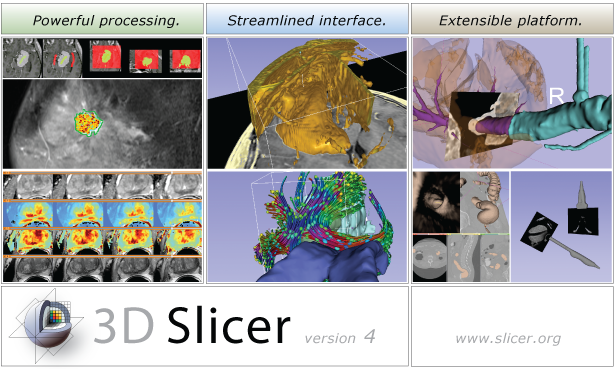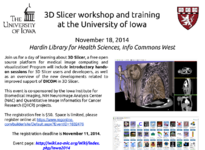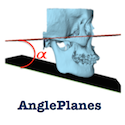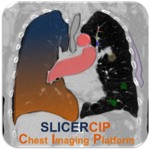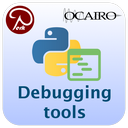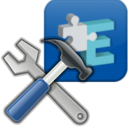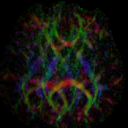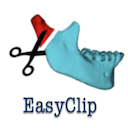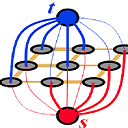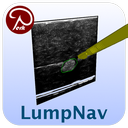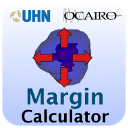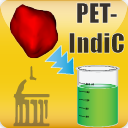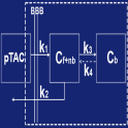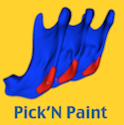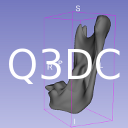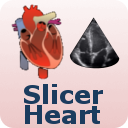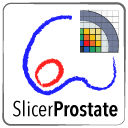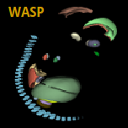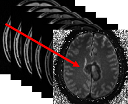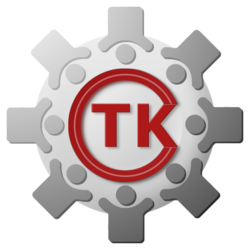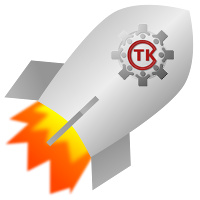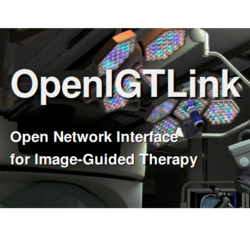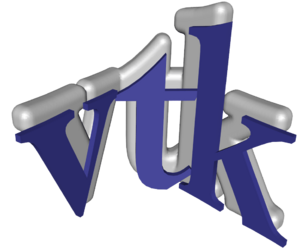Documentation/Nightly/Announcements
|
For the latest Slicer documentation, visit the read-the-docs. |
| Summary | What is 3D Slicer | Slicer Nightly Highlights | Slicer Training | Slicer Extensions | Other Improvements, Additions & Documentation |
Summary
The community of Slicer developers is proud to announce the release of Slicer Nightly.
- Slicer Nightly introduces
- An improved App Store, known as the Extension Manager, for adding plug-ins to Slicer. More than 80 plug-ins and packages of plug-ins are currently available.
- Close to 150 feature improvements and bug fixes have resulted in improved performance and stability.
- Improvements to many modules.
- Click here to download Slicer Nightly for different platforms and find pointers to the source code, mailing lists and the bug tracker.
- Please note that Slicer continues to be a research package and is not intended for clinical use. Testing of functionality is an ongoing activity with high priority, however, some features of Slicer are not fully tested.
- The Slicer Training page provides a series of tutorials and data sets for training in the use of Slicer.
slicer.org is the portal to the application, training materials, and the development community.
What is 3D Slicer
3D Slicer is:
- A software platform for the analysis (including registration and interactive segmentation) and visualization (including volume rendering) of medical images and for research in image guided therapy.
- A free, open source software available on multiple operating systems: Linux, MacOSX and Windows
- Extensible, with powerful plug-in capabilities for adding algorithms and applications.
Features include:
- Multi organ: from head to toe.
- Support for multi-modality imaging including, MRI, CT, US, nuclear medicine, and microscopy.
- Bidirectional interface for devices.
There is no restriction on use, but Slicer is not approved for clinical use and intended for research. Permissions and compliance with applicable rules are the responsibility of the user. For details on the license see here
Slicer Nightly Highlights
- New and Improved Modules
- Improved NameOfModule module with XXX for YYYY - click here for demo video.
- Improved ....
- Something else
- And a last one
Slicer Training
The Slicer Training page provides a series of updated tutorials and data sets for training in the use of Slicer Nightly.
- New Tutorials
Slicer Extensions
- New Extensions
AnglePlanes This Module is used to calculate the angle between two planes by using the normals NEW
Chest_Imaging_Platform Chest Imaging Platform is an extension for quantitative CT imaging biomarkers for lung diseases NEW
DebuggingTools This extension contains various tools useful for developing and debugging modules NEW
DeveloperToolsForExtensions This extension offers different tools to help developers when they create Slicer extension NEW
DTI-Reg DTI-Reg is an extension that performs pair-wise DTI registration, using scalar FA map to drive the registration NEW
EasyClip This Module is used to clip one or different 3D Models according to a predetermined plane NEW
GraphCutSegment This is a segment extension using graph cut and star shape algorithm NEW
LumpNav Breast tumor resection using tracked ultrasound and cautery NEW
MarginCalculator The Matlab Bridge extension allows running Matlab scripts as command-line interface (CLI) modules directly from 3D Slicer NEW
MeshStatistics Mesh Statistics allows users to compute descriptive statistics over specific and predefined regions NEW
MeshToLabelMap This extension computes a label map from a 3D model NEW
PET-IndiC The PET-IndiC Extension allows for fast segmentation of regions of interest and calculation of quantitative indices NEW
PetSpectAnalysis First Version of the Pet Spect Analysis Extension NEW
PETTumorSegmentation Tumor and lymph node segmentation in PET scans NEW
PickAndPaint Pick 'n Paint tool allows users to select ROIs on a reference model and to propagate it over different time point models NEW
Q3DC This extension contains one module of the same name NEW
- ResampleDTIlogEuclidean.png
ResampleDTIlogEuclidean This resamples Diffusion Tensor Images (DTI) in the log-euclidean framework NEW
SlicerHeart Modules for cardiac analysis and intervention planning and guidance NEW
SlicerProstate SlicerProstate extension hosts various modules to facilitate processing and management of prostate image data, utilizing prostate images in image-guided interventions and development of the imaging biomarkers of the prostate cancer NEW
Slicer-Wasp A module to perform a series of ITK watershed segmentation (without seeds) and then let the user create a label map out of selected components NEW
T1Mapping T1 mapping estimates effective tissue parameter maps (T1) from multi-spectral FLASH MRI scans with different flip angles NEW
Improved Extensions in Slicer 4.5
- ABC
- CMFreg
- CurveMaker
- DTIProcess
- GelDosimetryAnalysis
- IntensitySegmenter
- MatlabBridge
- ModelToModelDistance
- NeedleFinder
- PETDICOMExtension
- PercutaneousApproachAnalysis
- Reporting
- SlicerIGT
- SlicerRT
- VolumeClip
Extensions removed from Slicer 4.5
- houghTransformCLI: Removed by the original author because it was not needed anymore.
Extensions renamed
- PyDevRemoteDebug -> DebuggingTools
- MultidimData -> Sequences
- TrackerStabilizer -> Slicer-TrackerStabilizer
- AirwaySegmentation -> Slicer-AirwaySegmentation
Other Improvements, Additions & Documentation
To be done
For Developers
Under the hood
To be done
- Build-system
- Improved support for Visual Studio 2013
- Improved Toolkits
Moved from OpenIGTLink 66e272d to 849b434 (53 commits)
Looking at the Code Changes
From a git checkout you can easily see the all the commits since the time of the 4.4.0 release:
git log v4.3.0..HEAD
To see a summary of your own commits, you could use something like:
git log v4.3.0..HEAD --oneline --author=pieper
see the git log man page for more options.
Commit stats and full changelog
